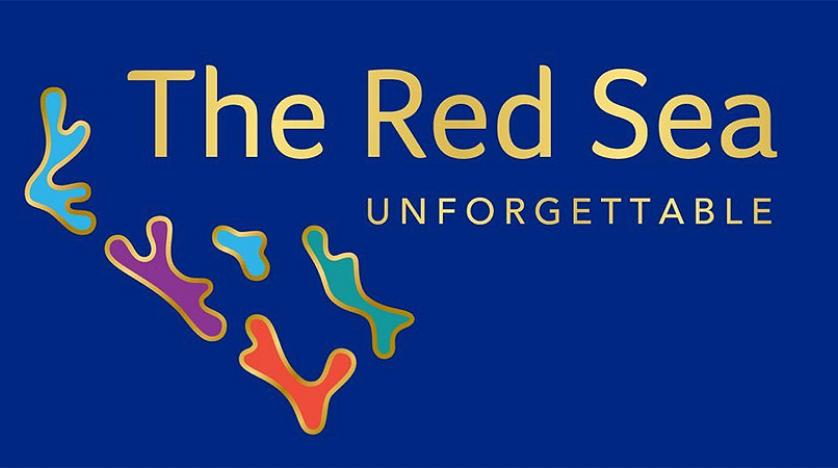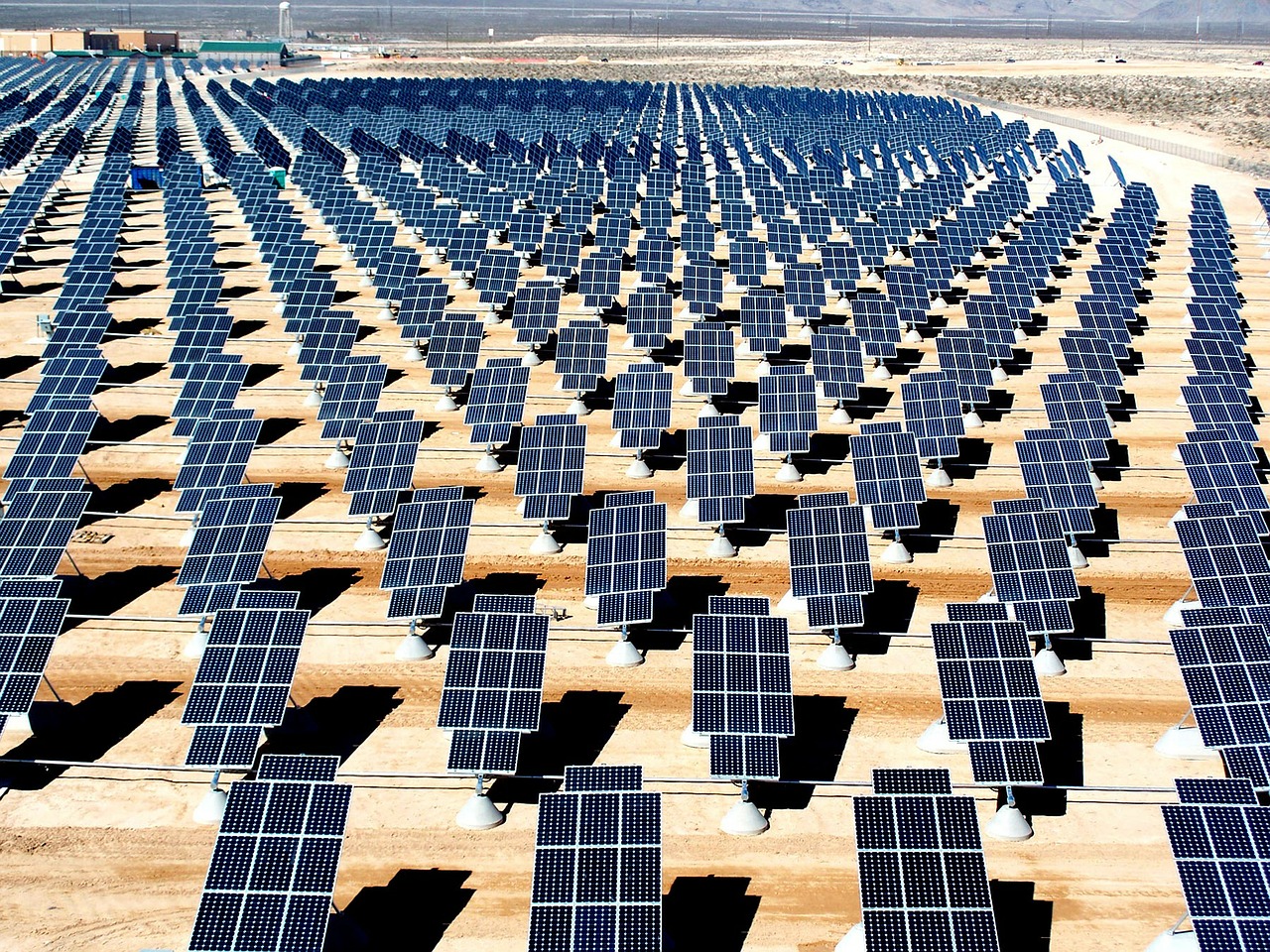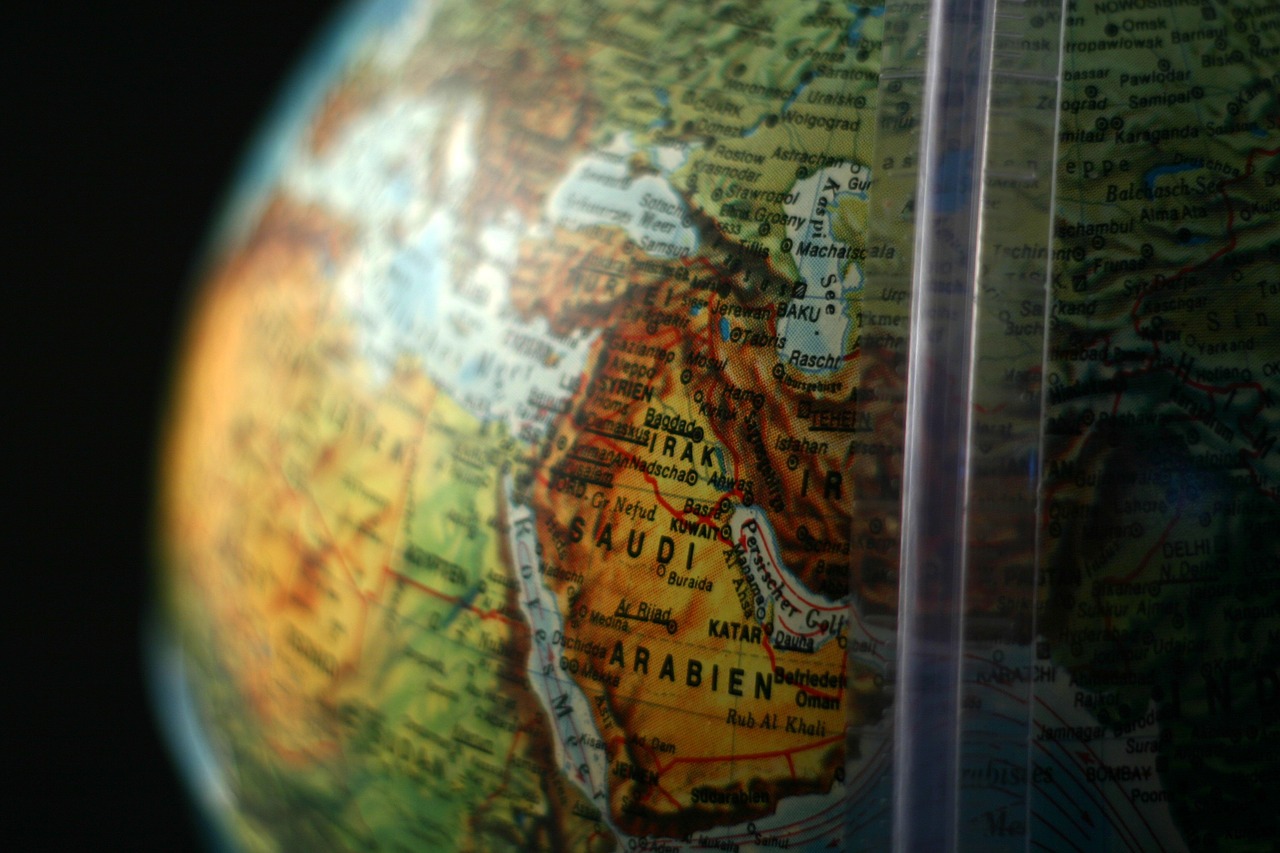As the Kingdom of Saudi Arabia continues to shift its economic reliance away from crude oil due to a drastic decline in prices, it has placed an emphasis on developing tourism and mega-city projects. Its ambitious Red Sea Project aims to transform 50 untouched islands into a world-renowned resort and hospitality destination, while another 10,230-square-mile stretch of undeveloped land will serve as the future site of NEOM, a $500-billion mega-city that will be connected to Egypt and Jordan.
Project Announced in 2017
 Only two months after the announcement of the Red Sea Project in August 2017, Saudi Crown Prince Mohammed bin Salman outlined his vision of the NEOM Project at Riyadh’s Future Investment Initiative conference in October. While the kingdom has yet to release a master plan for the city, its broad outline emphasizes energy and water, advanced manufacturing, entertainment, and biotechnology. To illustrate the size and scope of the project, the 10,230-square-mile area of land being used to develop the city is more than 33 times the size of New York City. Hence, the first phase isn’t expected to be completed until 2025.
Only two months after the announcement of the Red Sea Project in August 2017, Saudi Crown Prince Mohammed bin Salman outlined his vision of the NEOM Project at Riyadh’s Future Investment Initiative conference in October. While the kingdom has yet to release a master plan for the city, its broad outline emphasizes energy and water, advanced manufacturing, entertainment, and biotechnology. To illustrate the size and scope of the project, the 10,230-square-mile area of land being used to develop the city is more than 33 times the size of New York City. Hence, the first phase isn’t expected to be completed until 2025.
“This place is not for conventional people or conventional companies. This will be a place for the dreamers for the world,” bin Salman said during the conference in October. “The strong political will and the desire of a nation; all the success factors are there to create something big in Saudi Arabia.”
Former Siemens AG CEO Klaus Kleinfeld was appointed to oversee the NEOM project, while a funding program, which includes selling a small percentage of the state-run Saudi Aramco oil giant, is expected to raise $300 billion for its construction. Contracts have already been awarded for the development of five palaces along the Red Sea coast for the king, crown prince, and various other senior royals. The complex of palaces is expected to include a golf course, marina, and helipads, while the palaces themselves will feature colorful ceramic tiles, Islamic designs, and traditional Moroccan-style architecture.
Mega-City Expected to Run on 100 Percent Renewable Energy
In line with its innovative vision and desire to attract forward-thinking companies, the NEOM mega-city is promised to run on 100 percent renewable energy. According to the project’s website, “As the sun rises over NEOM, it will glint against vast fields of solar panels paired with wind turbines and light up enormous stretches of energy grids storing power for generations.” In addition to its goal of powering the entire city on low-cost regenerative energy, the Saudi government promises to attract scientists who will lead future innovation in regard to energy production, storage, and use for various renewable sources, as well as “whole new kinds of energy the world has yet to hear of.”
If the Saudi government and project management team follow through on their goal, NEOM could easily become one of the largest cities in the world to run without fossil fuels. For the sake of comparison, Burlington, Vermont is one of the largest municipalities in the United States to run solely on renewable energy, and the city is only 15.5-square miles.

Media and Entertainment Hub
NEOM is expected to attract innovative enterprises and executives across a variety of sectors including, but not limited to, the media industry. In an effort to bring some of the world’s most talented film directors to the city, NEOM will include multiple studios and production houses so that they will not only be able to develop movies, but also TV shows, video games, and music. It promises to be a media hub for the Middle East and the entire world.
Moreover, Saudi Arabia has loosened its cultural restrictions in recent years, and NEOM will reflect that change. The kingdom recently removed its ban on movie theaters, and NEOM will attempt to redefine urban entertainment. The project’s website notes that it will house futuristic, record-breaking theme parks, the world’s largest garden, world-renowned restaurants, and numerous sports complexes.
Partnership with Egypt
While the NEOM project is a Saudi initiative, it includes land that belongs to both Jordan and Egypt, the latter of which recently committed a 386-square-mile area of its land in the southern region of the Sinai Peninsula. Coinciding with the announcement of the land being used for NEOM, Egypt and Saudi Arabia created a joint fund worth more than $10 billion to support this ambitious project. Additionally, Saudi Arabia will collaborate with Jordan and Egypt to attract European cruise ships to visit the Red Sea in the winter as a means of boosting tourism.
Advisory Board Announced
In October, the kingdom appointed 18 high-profile business executives across a variety of industries to its advisory board. Executives selected to the board included Travis Kalanic, the co-founder and former CEO of Uber; Masayoshi Son, chairman of Japan’s Softbank Group; Marc Andreessen, the co-founder of Opsware, Netscape, and Mosaic; and Dan Doctoroff, the founder and CEO of Sidewalk Labs, as well as the former CEO of Bloomberg LP.
“The advisory board will help shape NEOM’s future through its detailed knowledge and connections with potential long-term strategic partners,” noted NEOM executive Nadhmi Al Nasr.

